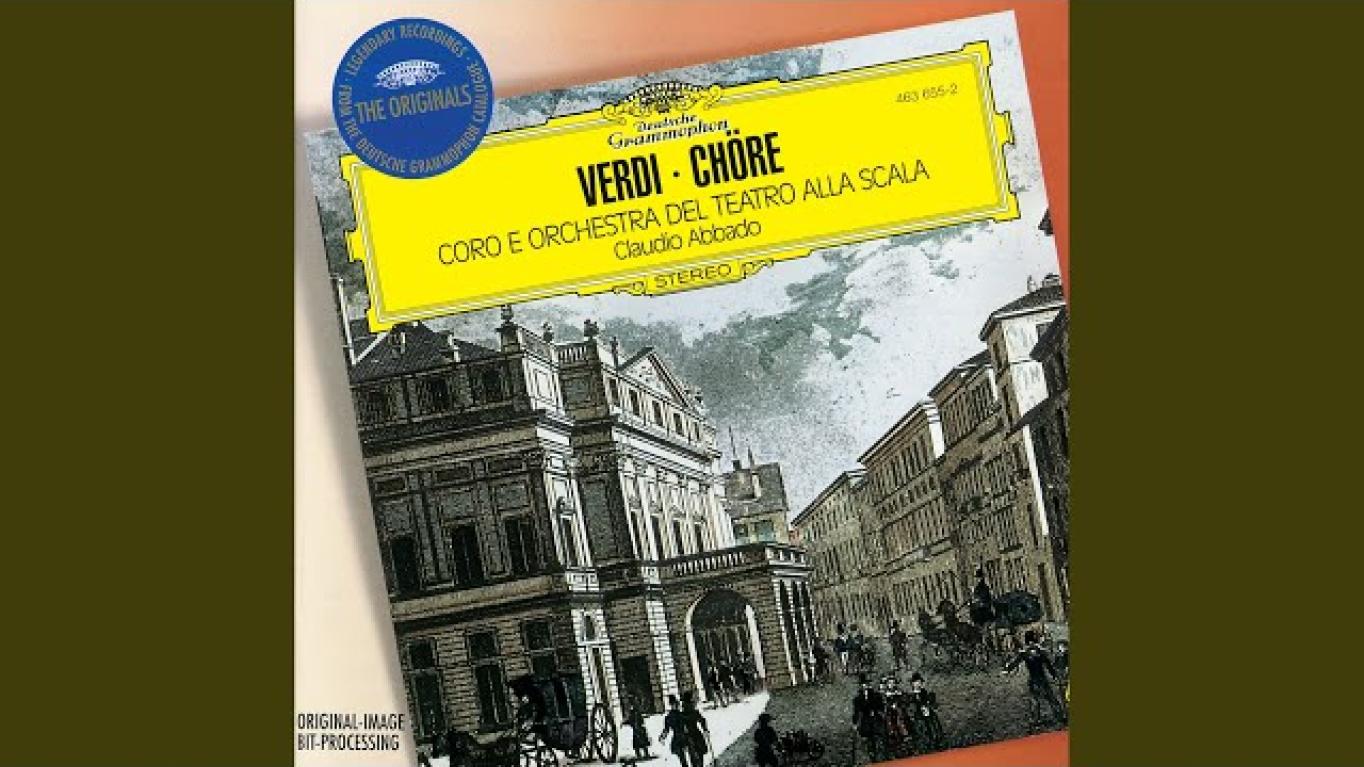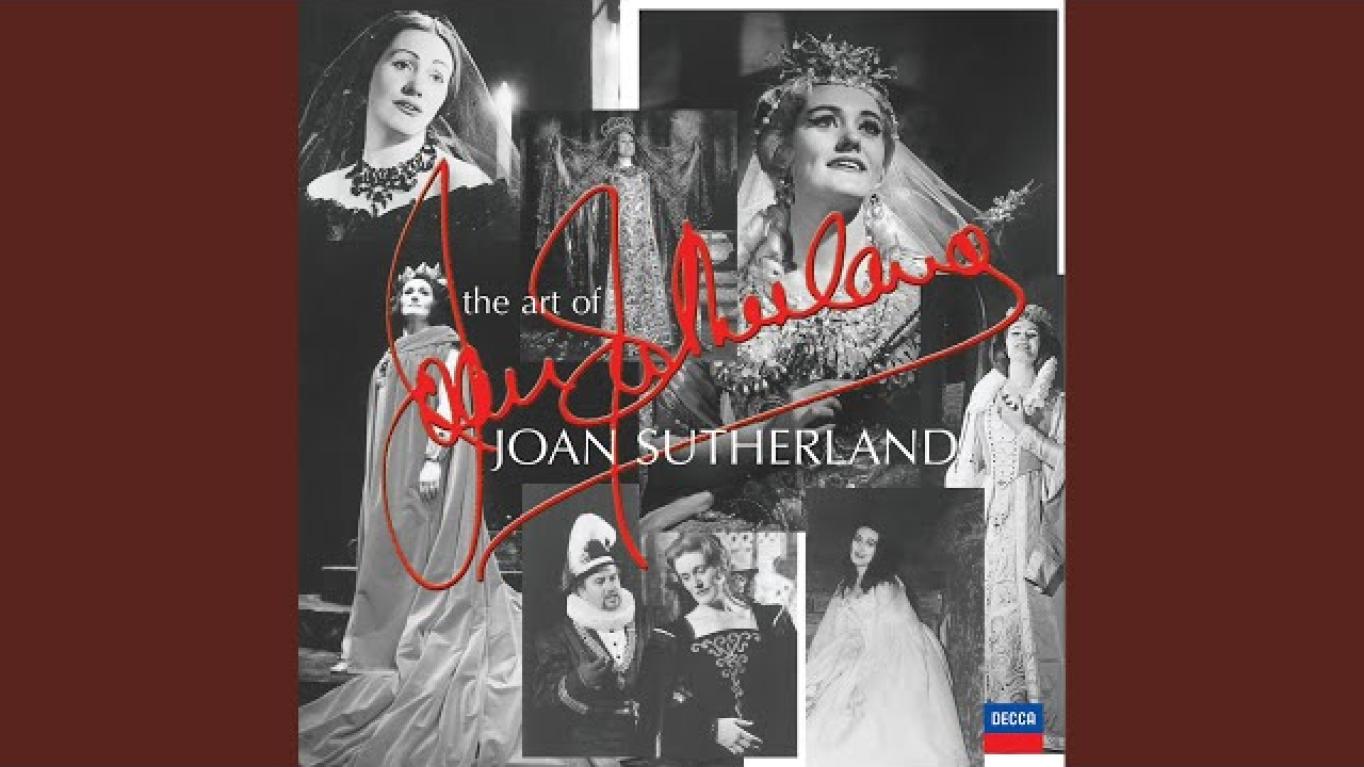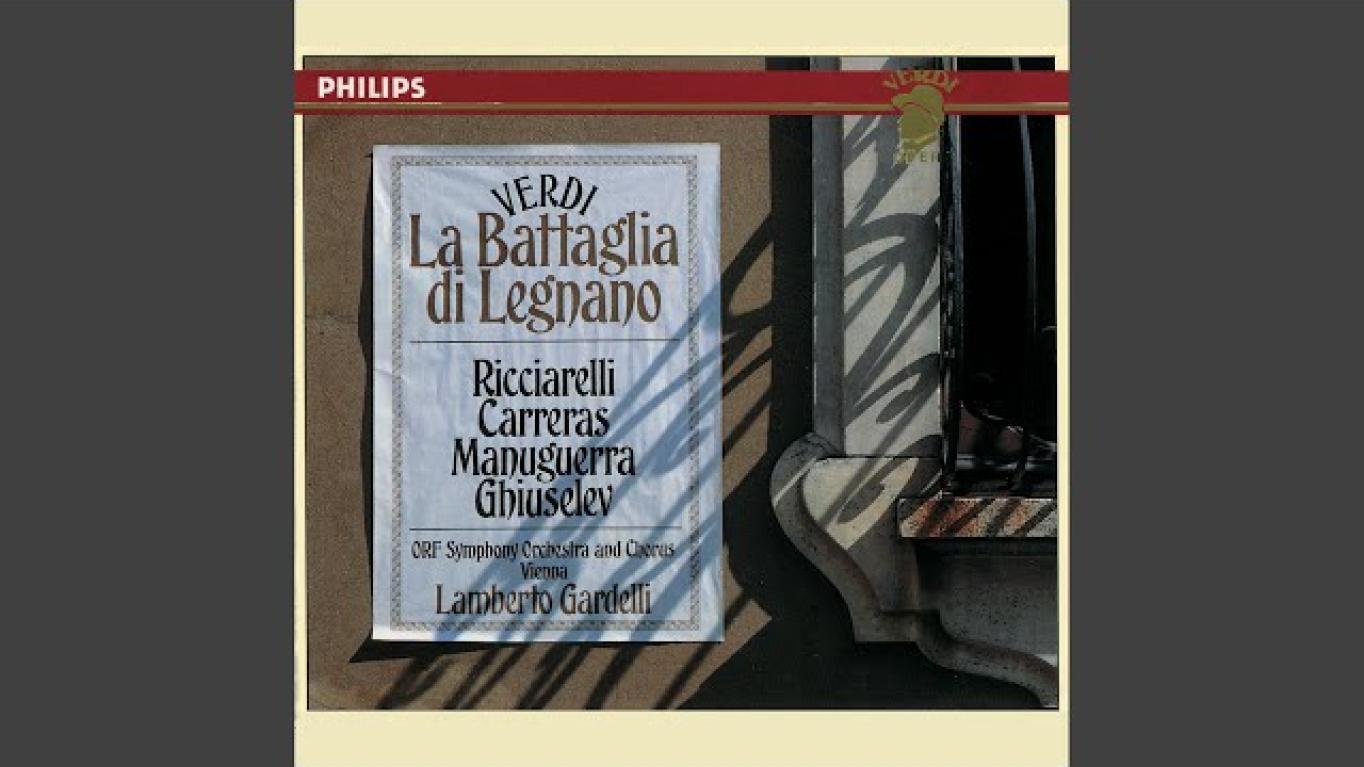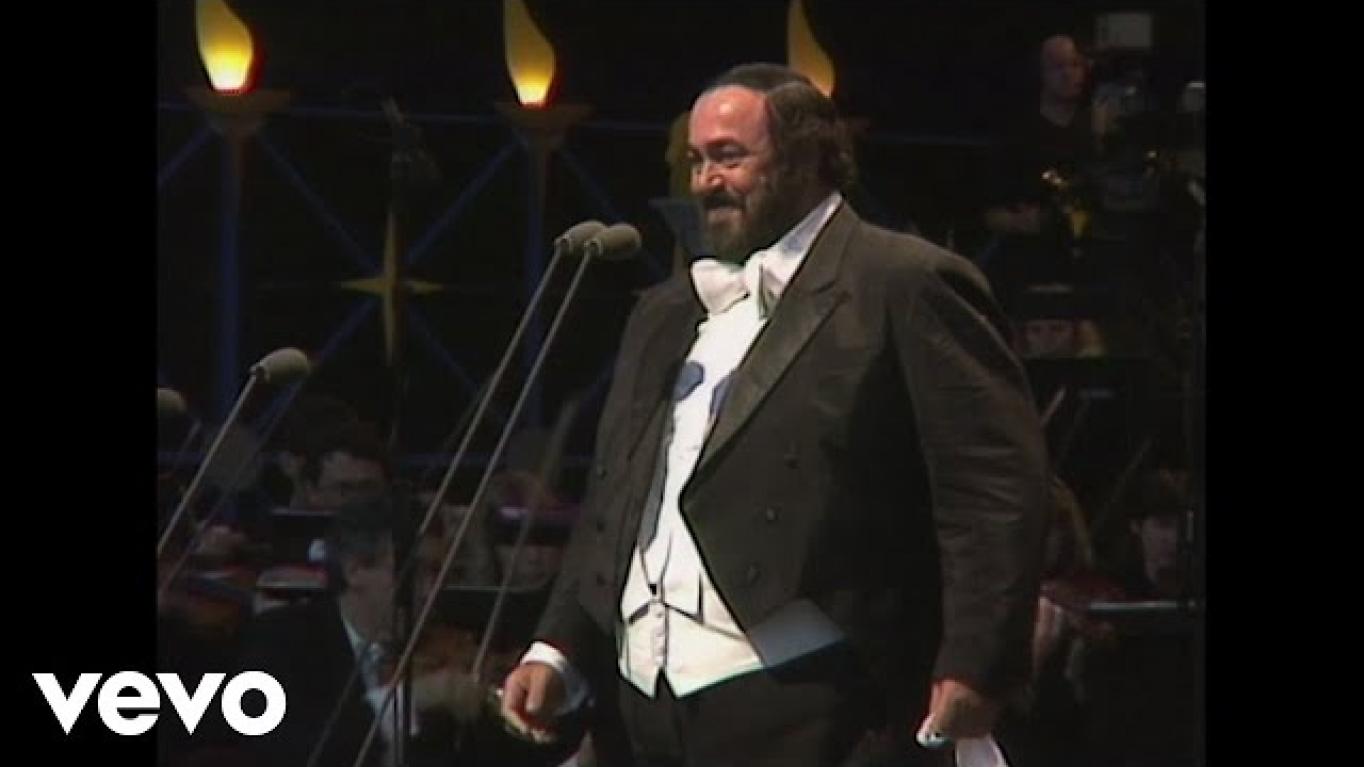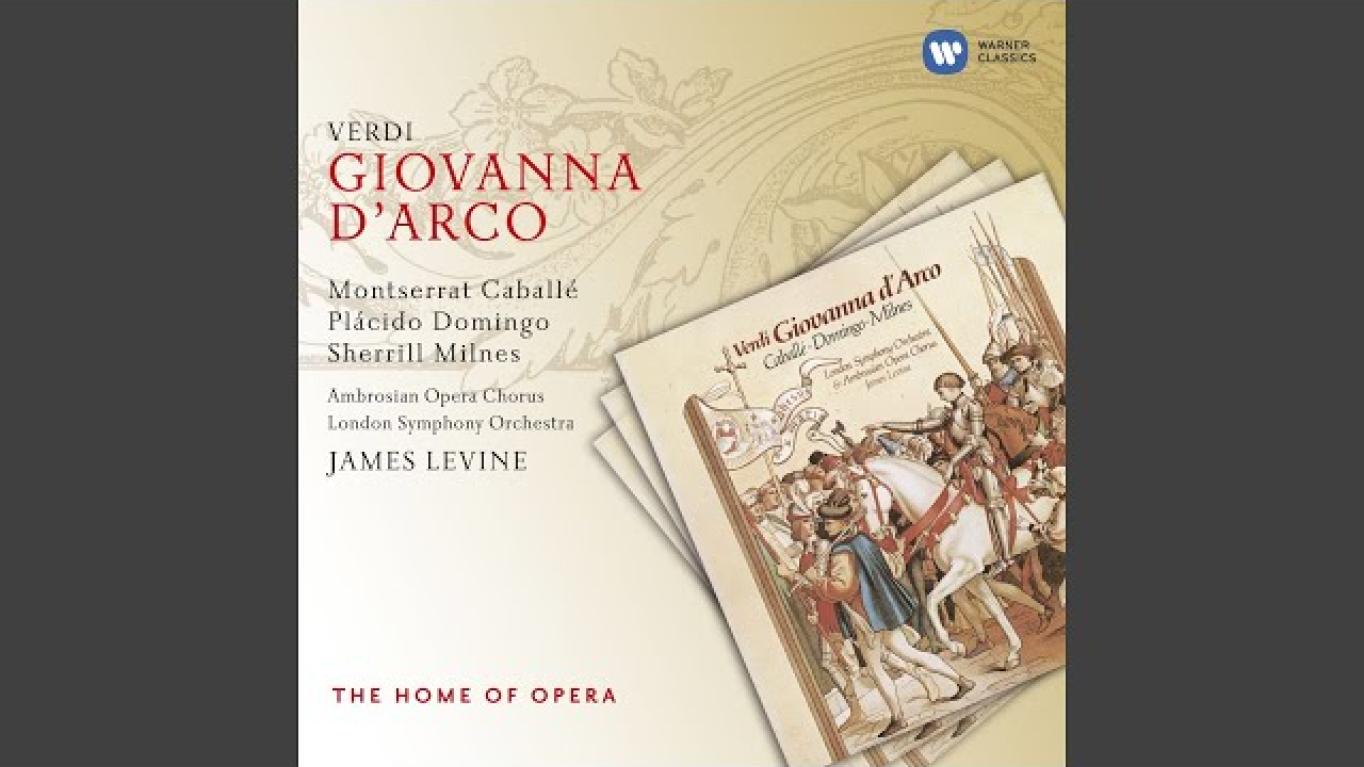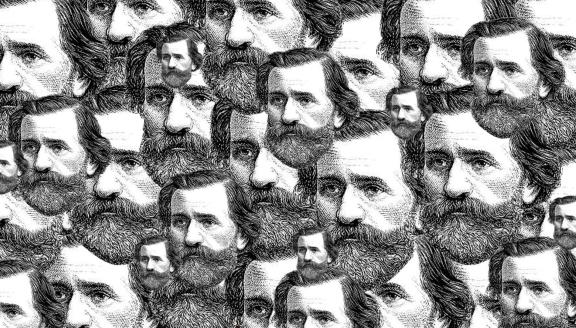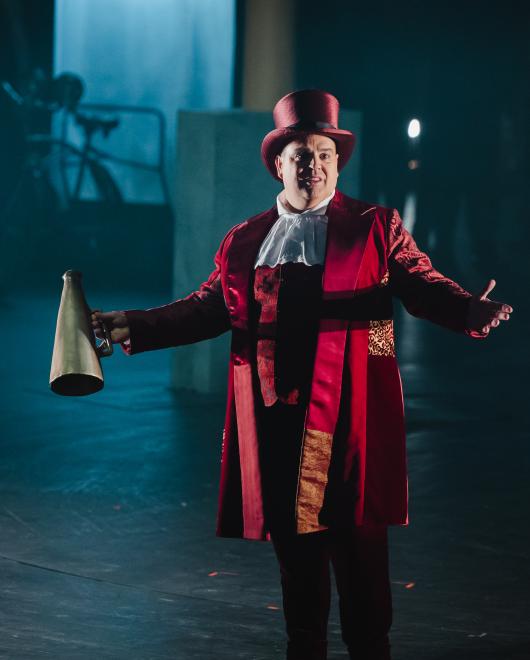
Five early Verdi gems in Rivoluzione
By Conductor Carlo Goldstein.
In the decade following his first successes, Giuseppe Verdi composed at a terrific pace, producing one or two new operas a year. The composer himself called this period his anni di galera (‘years as a galley slave’). During this time he delivered such hits as Nabucco, Macbeth and Ernani, alongside La battaglia di Legnano, Il corsaro and Alzira, titles that are rarely performed in their entirety today. Yet each of these early operas contains music that unmistakably bears the stamp of Verdi’s genius, music that deserves to find its way to a wider audience.
Enter conductor Carlo Goldstein. For Rivoluzione e Nostalgia, he stitched together both well-known and unjustly forgotten arias, preludes, scenas, choral parts, duets and ensembles to form a coherent musical dramaturgy lasting no less than 4 and a half hours. In this article he introduces you to five special pieces from the first part.
1. ‘Patria oppressa’ (Macbeth)
Together with director Krystian Lada, we felt that after our Overture, the ‘Sinfonia’ from Nabucco, we should immediately sketch out the context in which the story takes place. Rivoluzione, the first part of our new diptych, is set in the late 1960s. This was a complex and particularly turbulent time on a social and political level, just as the Risorgimento had been in Verdi’s century. It was a time of mass movements, of people struggling and searching, united in their common aspiration. A great choral scene seemed essential … ‘Patria oppressa’ from the last act of Macbeth is the collective cry of despair of the oppressed Scottish people, but with Verdi that historical setting is almost irrelevant. His music, as with all great composers, speaks to the world. That allowed his Italian contemporaries to see in this chorus a metaphor for their own oppression under the Austrian yoke. Today, it allows us just as easily to transpose its emotional essence to the labour movement of ‘68.
Let me explain right away that in doing so we obviously had to adjust words here and there in the texts of this project – something that is rightly still taboo in the opera world – but we did it with great respect and leaving the dramaturgical core of each number untouched. We did want to avoid talking about Spain in an Aria from Ernani, France in an excerpt from Giovanna d’Arco and Jerusalem in a chorus from Nabucco; otherwise the plot would make no sense. It is an inevitable consequence of the nature of this project: a pasticcio opera. But with Verdi, a conflict always remains a conflict. A declaration of love can never be anything but a declaration of love.
From a musical point of view, ‘Patria oppressa’ is a typical Verdi chorus: deceptively simple but at the same time, every bar, every note, every indication has a dramatic meaning that becomes clearer and clearer the deeper you dive into it. The musical colour, the tinta, is also particularly apt for the atmosphere we wanted to evoke at the beginning of our performance. I think it will have the desired effect.
2. ‘Dall’infame banchetto... Tu del mio Carlo al seno’ (I masnadieri)
A typical soprano Aria by the young Verdi, which still bears a clear ‘bel canto’ stamp. Certainly in the Cabaletta you can still hear leggiero textures that can also be found in Bellini and Donizetti. On the other hand, the Scena and the Aria have already evolved towards the romantic, full-bodied lyricism familiar to us from his later works. It is a particularly beautiful but demanding number for the singer: it requires first a long legato line but right after, in the Cabaletta, great agility. In a sense, it also illustrates again the collective, social aspect of Verdi’s theatre. Yes, Amalia’s outpourings are first and foremost the highly individual expression of a highly individual sentiment, but at the same time they are also a moment of ‘dialogue’. She refers to external events, communicates with other characters about third parties; her emotions alert us to a changed dramatic situation that has an impact on everyone … In Verdi’s Arias, time is no longer put on hold; the individual no longer steps out of the social context for a moment of private introspection. One character gives voice here and now to the fate of many.
3. ‘Giuramento’ (La Battaglia di Legnano)
Revolutionary drive and nostalgic Schwärmerei go hand in hand in La Battaglia di Legnano, an opera about the crucial victory of the Italian armies over German Emperor Frederick Barbarossa, which undoubtedly played on anti-Austrian sentiments among Verdi’s contemporaries. I have a soft spot for this scene, in which men swear allegiance to each other and to their cause with great sincerity. There have often been such moments in Italian history when society was propelled on waves of enthusiasm and hope towards new, lofty goals. Until those waves inevitably came crashing down against the rocks of nostalgia for the ‘glorious past’ and returned to a state of stagnant water. That whole dynamic was one of the starting points of our dramaturgic research for Rivoluzione e Nostalgia, and so this scene could not be missing.
The ‘Giuramento’ was well known as a topos in the opera of the time. There is the example in Rossini’s Guglielmo Tell – for me, one of the most impressive scenes in all of Italian Opera literature. I am sure Verdi was familiar with it and was here trying to deliver his own version. Once again, the collective prevails: the tenor is soon joined by the baritone and a host of secondary characters, and finally the chorus swears the oath too. The military element in the music may seem rudimentary, but the way Verdi stretches the arc of this scene is quite ingenious, with the march returning at the end as a kind of closing commentary – something he will later repeat on a larger scale in the Finale Secondo of Aida.
4. ‘Quando le sere al placido’ (Luisa Miller)
This is one of the most iconic romantic tenor lines ever composed. Arrigo Boito – composer, friend and close collaborator of Verdi in his later years – wrote of this Aria that this simple cantilena was capable of moving an entire country. And he was right. The melody itself, when played on the piano, is so simple. You can hardly call it a melody. But before that, you get that dramatic and original recitative, full exclamations and explosive tutti, followed by that uncanny introduction of the strings and of the clarinet arpeggios. They take you, furtively, as it were, along a narrow opening, into the inner emotional world of this character, into his memories, his musings. He tries to understand what happened, to him, to her … Through that one melody, oh so simple but oh so subtle in its evocation and truly born from within – it’s a masterful page.
5. ‘O fatidica foresta’ (Giovanna d’Arco)
In Rivoluzione, whose main character is the violinist and activist Laura, we simply couldn’t ignore Giovanna d’Arco. If only because elsewhere in Verdi’s oeuvre you seldom come across women who lead an action. Few composers have had Verdi's ability to describe female psychology, his women are always authentic: strong, suffering or joyful they are always told with empathy and depth. Yet they are mainly ‘the faithful lover of’, ‘the innocent daughter of’ or ‘the mother of’. Laura, too, initially appears on stage like this. Her first Aria, from Luisa Miller, is a brilliant evocation of a woman in love. Over the course of the evening, however, she goes through a profound inner transformation which ends in this dramatic ‘O fatidica foresta’ from Giovanna d’Arco. In it, a woman recalls memories of her youth and takes a moment to reflect on her feelings before the inevitable will happen, before she has to climb the final steps of her destiny.
